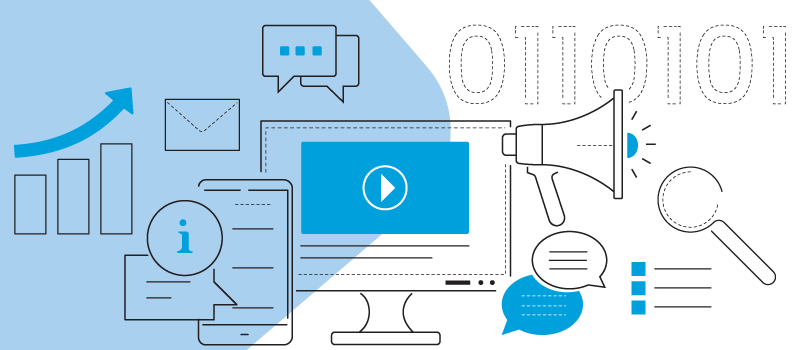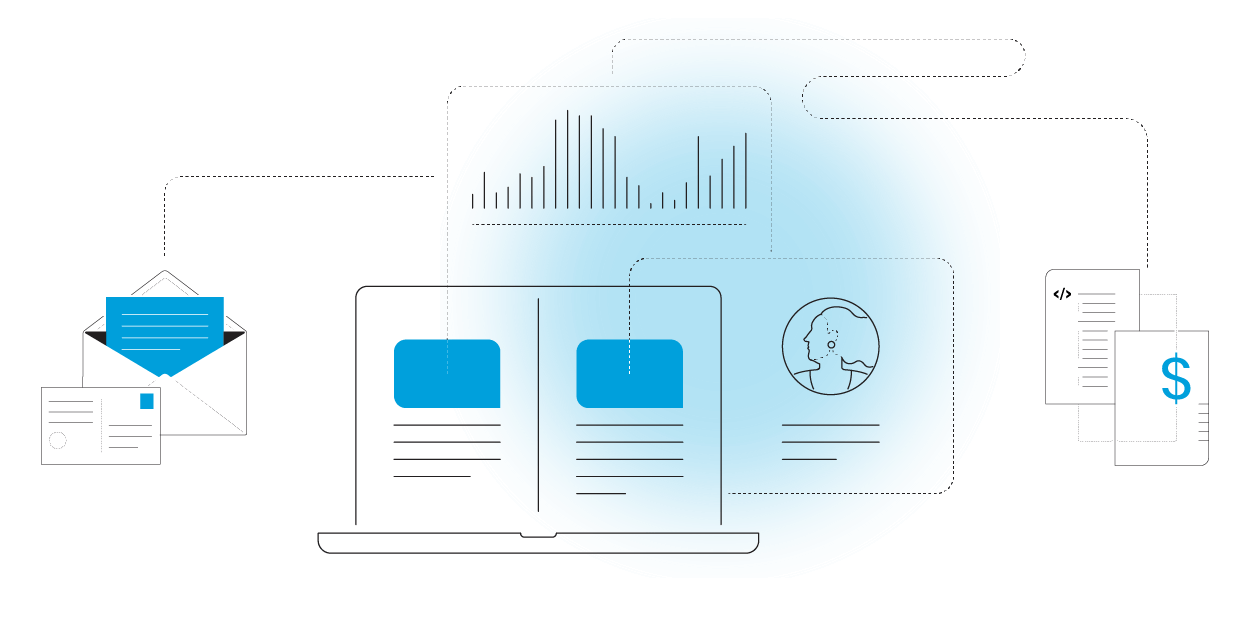Why Staying on Top of Digital Marketing Trends Matters
Staying informed about digital marketing trends isn’t just beneficial for small and medium-sized businesses (SMBs)—it’s essential. In a landscape defined by fast-moving technologies and shifting customer expectations, the businesses that succeed are the ones that can see what’s coming and act on it. Knowing what’s working today—and what’s gaining traction for tomorrow—allows you to optimize your budget, sharpen your messaging, and meet customers where they are.
Digital marketing is one of the few investments that can scale with you as you grow. When used strategically, even modest marketing budgets can generate outsized returns.
The Evolving Digital Landscape for SMBs
Digital marketing is changing faster than ever. From AI-powered personalization to voice search and predictive analytics, new tools and tactics are reshaping how customers interact with brands. For SMBs, this presents both a challenge and an opportunity.
The key is adopting a mindset that sees marketing as an innovation and growth engine—not just a cost center. Every new trend presents a chance to test, learn, and gain an advantage over slower-moving competitors. Embracing change early can lead to stronger brand visibility, better customer relationships and experiences, and more revenue in the long run.
How Adapting to New Trends Gives You a Competitive Edge
Adaptability is a competitive advantage. SMBs that actively track and implement relevant digital marketing trends can refine their customer journeys, personalize outreach, and build more loyalty over time. You don’t need to chase every trend. But understanding which ones align with your audience and goals can help you punch above your weight.
For example, businesses that quickly embraced short-form video content, influencer partnerships, or AI-driven automation are seeing measurable improvements in engagement and conversions. The faster you adapt, the more space you put between you and competitors who are slower to move.
Key Challenges SMBs Face in Digital Marketing
We know adapting to change isn’t always easy. And SMBs often face real obstacles—limited budgets, lean teams, and a lack of specialized digital expertise. With new platforms and algorithms emerging constantly, it can feel overwhelming to keep up.
But here’s the good news: staying current doesn’t require doing everything. It means doing the right things. By focusing on the trends that matter most to your business and tapping into trusted partners or tools that can help, you can turn those challenges into momentum.
For instance, leveraging automation tools or partnering with a marketing service provider can help you bridge capability gaps without overextending your team.
AI and Automation Will Transform SMB Marketing
We’ve got good news—or bad news, depending on how you look at it: artificial intelligence (AI) and automation are no longer experimental tools. They’re reshaping the very foundation of how small and medium-sized businesses market, sell, and serve their customers.
These technologies enable businesses to execute smarter strategies, faster and at scale, often with fewer resources. From crafting highly targeted campaigns to optimizing marketing workflows, AI and automation give SMBs a way to compete with larger players—without needing the same budget or headcount.
How AI-Driven Tools Improve Personalization and Efficiency
Today, relevance is everything. And AI-powered tools enable SMBs to deliver the kind of one-to-one personalization that customers now expect—without the manual lift.
These tools use machine learning to analyze customer behavior, purchase history, and engagement signals, making it easy to segment audiences and tailor messaging to individual needs.
AI also takes the guesswork out of timing and targeting. By predicting when a customer is most likely to convert, AI can automate send times, recommend the next best action, and dynamically adjust content—improving engagement rates while saving time and resources.
For SMBs trying to do more with less, this level of efficiency can be game-changing.
The Role of Chatbots and Automated Customer Engagement
Modern chatbots are more than just scripted responders—they’re becoming full-fledged customer service reps. AI-powered chatbots can handle everything from answering FAQs to booking appointments, resolving issues, or even upselling based on a customer’s previous interactions. This 24/7 responsiveness not only improves user experience but also helps reduce cart abandonment and improve lead conversion.
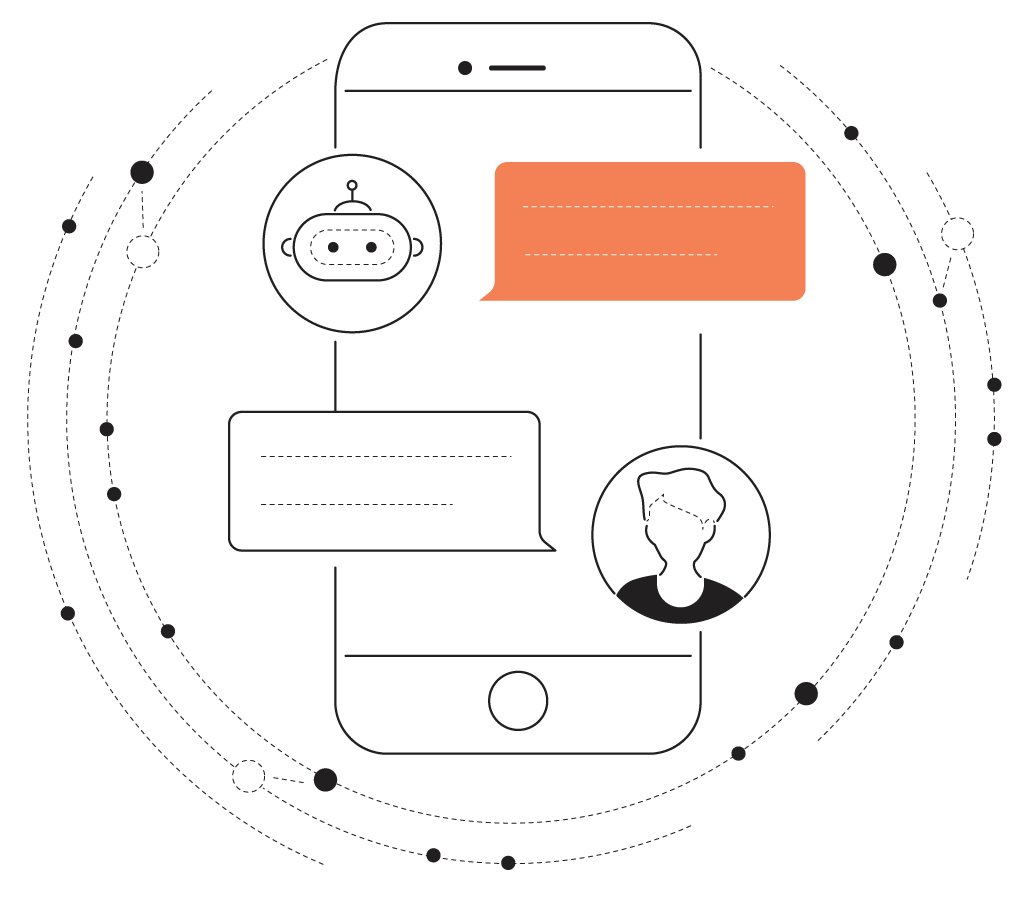
For SMBs, chatbots serve as frontline support without the need to scale a customer service team. Automated messaging across email, SMS, and social platforms can also nurture leads, confirm appointments, or follow up post-purchase—freeing up human marketers to focus on strategy, creative development, and big-picture thinking.
Using AI for Content Creation and SEO Optimization
AI is also revolutionizing how content gets created and discovered. SMBs can now use AI tools to brainstorm topics, draft blog posts, generate social media captions, and even test multiple versions of ad copy for performance—all at a fraction of the time it would take manually. This allows marketing teams to maintain a consistent, high-quality content cadence, even with limited bandwidth.
From an SEO perspective, AI takes content optimization to a new level. Tools can analyze top-ranking pages, extract keyword insights, assess user intent, and recommend content structure and metadata updates that help your content rank higher and perform better. For SMBs without in-house SEO expertise, this puts strategic optimization within reach and ensures that content doesn’t just get published—but gets found.
The Rise of Video and Interactive Content
Video and interactive content continue to dominate digital marketing, providing SMBs with new ways to express creativity, captivate audiences, and boost engagement.
Short-Form Video Dominance on Social Media
Short-form video isn’t just trending—it’s defining how people consume content and interact with brands. Platforms like TikTok, Instagram Reels, and YouTube Shorts have rapidly become core channels for SMBs looking to grow their visibility, reach younger audiences, and boost engagement. These bite-sized videos are designed to be consumed quickly, shared easily, and remembered—making them ideal for modern attention spans.
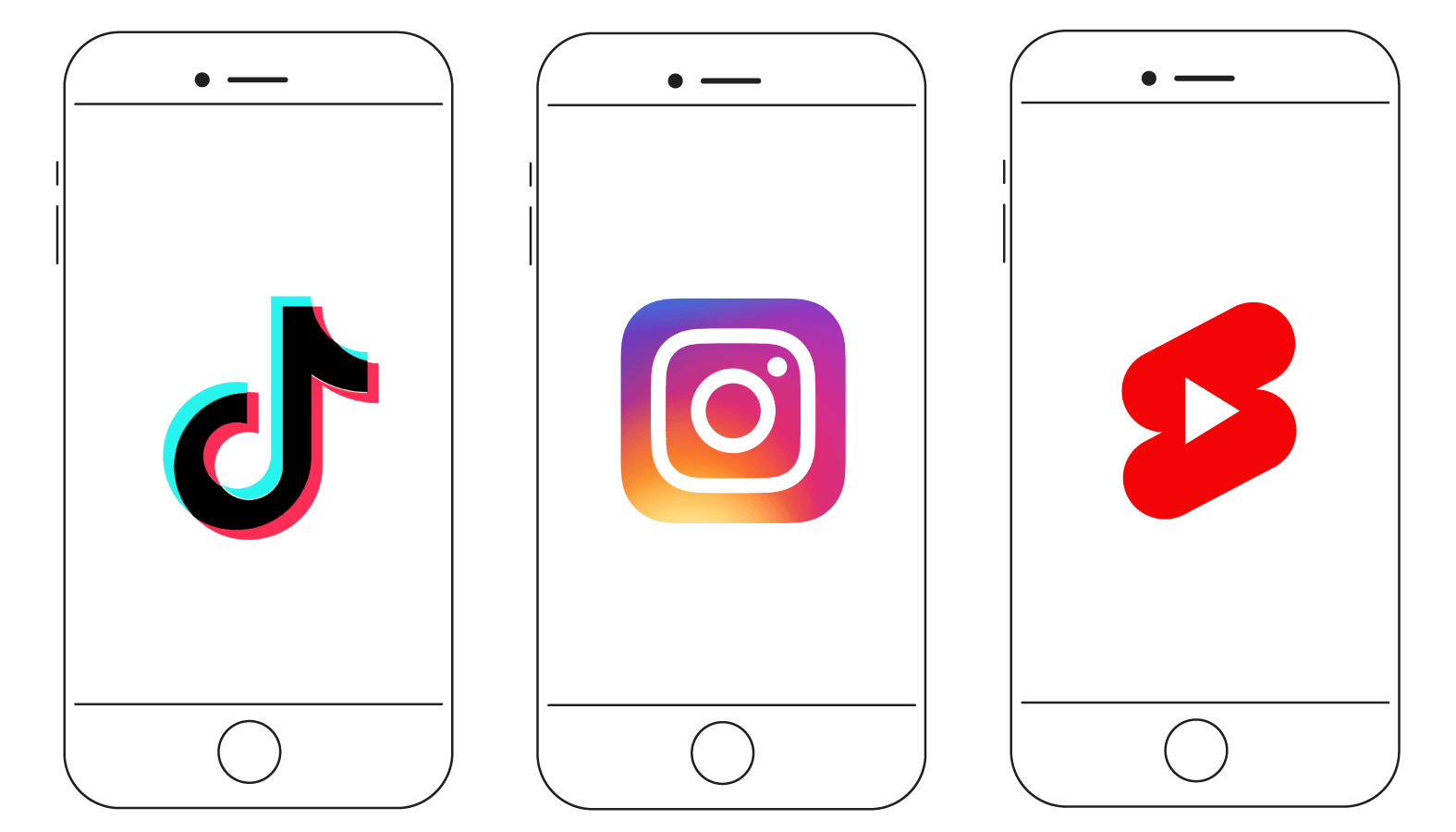
A recent survey revealed short-form video is now generating the highest return on investment (ROI) among digital marketing tactics. Why? Because it blends storytelling, authenticity, and visual appeal into a highly digestible format that’s perfect for mobile consumption. And thanks to powerful platform algorithms, even small businesses with no followers can achieve viral reach with the right piece of content.
Short-form video works especially well for:
- Product demos: Show how something works in under 30 seconds.
- Customer testimonials: Capture authentic reactions or success stories.
- Behind-the-scenes moments: Humanize your brand and show your process.
- Quick tips or tutorials: Share helpful, repeatable content that builds trust.
- Trend participation: Use popular audio, formats, or challenges to stay culturally relevant.
Best of all, these videos can be repurposed across platforms—from TikTok to Instagram Reels to YouTube Shorts—maximizing your content’s reach without having to reinvent it each time. For SMBs with limited budgets and time, short-form video offers high impact with low production demands.
Live Streaming and Real-Time Audience Engagement
Live streaming isn’t just for influencers—it’s a powerful, real-time marketing tool that SMBs can use to create deeper, more authentic connections with their audiences. Unlike pre-recorded content, live video offers an unfiltered, interactive experience that builds trust and humanizes your brand.
SMBs can use live streaming to:
- Host product launches: Give viewers a first look at new offerings and answer questions on the spot.
- Run live Q&A sessions: Address customer concerns, gather feedback, or share your expertise in a way that feels immediate and personal.
- Go behind the scenes: Show what happens in your shop, studio, or office to make your business feel more transparent and relatable.
- Stream live events or workshops: Deliver valuable content in real time to build authority and community.
Platforms like Facebook Live, Instagram Live, YouTube Live, and even LinkedIn Live offer low-cost, high-engagement ways to connect with your audience—no expensive studio setup required. And the best part? These streams can be repurposed into future content for even more mileage.
Interactive Content like Polls, Quizzes, and AR Experiences
Interactive content is one of the most effective ways to boost engagement and encourage two-way communication between brands and their audiences. Unlike static content, it invites users to actively participate—whether by answering a poll, taking a quiz, or interacting with an augmented reality (AR) feature.
This type of content not only captures attention but also:
- Provides valuable insights: Quizzes and polls can reveal customer preferences, needs, or pain points.
- Increases time spent with your brand: Engaging tools keep users on your site or social pages longer.
- Encourages sharing: Fun, gamified content is more likely to be shared, expanding your reach organically.
- Drives personalized experiences: Interactive tools can tailor follow-up messages or recommendations based on user input.
For example, a home improvement business might use an interactive quiz to help users find their perfect paint color, then follow up with a curated list of products. A retail store could deploy an AR tool to let shoppers “try on” glasses or clothing using their smartphone camera.
The key? Keep it simple, mobile-friendly, and tied to your broader marketing goals.
Voice Search and Conversational Marketing Are Expanding
Voice technology isn’t the future—it’s already here. With the rise of smart speakers, voice assistants, and hands-free devices, consumers are turning to voice search and voice-enabled experiences for everything from finding local businesses to making repeat purchases. For SMBs, this shift presents a major opportunity to improve discoverability, enhance customer convenience, and stand out from competitors who are still relying solely on traditional search optimization.
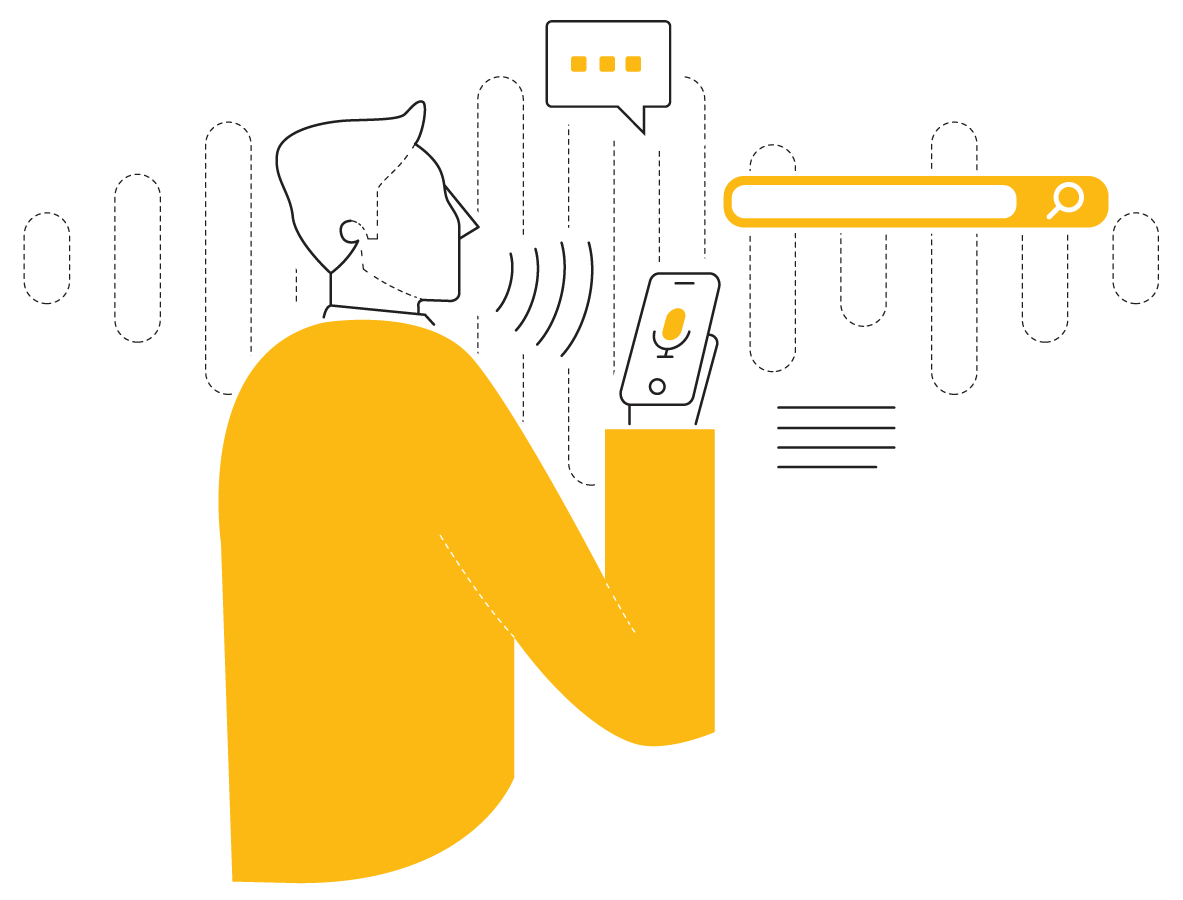
Whether through voice search or AI-powered conversations, businesses that speak their customers’ language—literally—will be better positioned to win attention, trust, and sales in a noisy digital world.
How SMBs Can Optimize for Voice Search
Voice search now accounts for a significant share of daily search queries, especially on mobile and smart devices. Unlike typed queries, voice searches tend to be longer, more natural, and often framed as questions. For SMBs, adapting your SEO strategy to include conversational keywords and question-based content can help ensure your business shows up in voice-enabled search results.
Practical steps to optimize for voice search include:
- Use natural language in your website copy, FAQ pages, and blog content.
- Answer specific questions your customers might ask out loud (e.g., “Where’s the nearest coffee shop open late?”).
- Claim and update your Google Business Profile to improve local search visibility.
- Structure content with schema markup to improve how your content is interpreted by search engines.
- Improve page speed and mobile-friendliness, which are essential for voice results.
By thinking in terms of how people speak—not just how they type—you can increase the chances that your business is found first.
The Power of Conversational AI in Marketing and Sales
Conversational AI is revolutionizing how SMBs communicate at scale. From live chatbots to voice assistants embedded in websites or apps, these tools simulate real human interactions to provide 24/7 support, qualify leads, answer product questions, and even guide users through complex decisions.
Benefits of conversational AI for SMBs include:
- Improved lead nurturing: Bots can automatically follow up with leads, answer objections, and move prospects further down the funnel.
- Higher customer satisfaction: Immediate answers and helpful suggestions enhance the user experience.
- Lower operational costs: You can serve more customers without needing to hire more people.
- Scalable personalization: AI tools use customer data to personalize responses and recommend next steps.
Whether you’re selling home services, booking appointments, or offering e-commerce support, conversational AI creates a smoother, smarter customer journey—and it works while you sleep.
Why Voice-Enabled Shopping is Growing
Voice commerce is surging as consumers increasingly use smart speakers and digital assistants for purchases. Voice shopping reduces friction in the customer journey, especially for repeat purchases and mobile users.
Why it matters for your business:
- Convenience drives loyalty: Making it easy for customers to order by voice can increase repeat business.
- Speed reduces abandonment: Voice-enabled checkout can remove steps that cause drop-off.
- Early adoption creates advantage: While many large retailers are already investing in voice, most SMBs haven’t—yet. Getting ahead of the curve can set you apart.
In this rapidly expanding channel, meeting your customers where they already are—in conversation with their devices—can not only give you a competitive advantage in the SMB landscape but may even help you encroach on larger retailers market share.
Privacy, Data Security, and First-Party Data Collection
Personal data has become its own form of currency; by knowing prospect details, preferences, and behaviors, businesses can market more effectively. At the same time, there are growing concerns about data privacy and evolving regulations around protecting data, so SMBs need to prioritize secure data collection methods while maintaining regulatory compliance.
The Decline of Third-Party Cookies and What It Means for SMBs
As major browsers phase out third-party cookies, SMBs need to recognize and act on pivoting to collecting data directly from their audiences. This is called first-party data collection. By capturing prospect and customer data directly, businesses can build relationships by being transparent and ethical in their practices. Why? Demonstrating compliance with data privacy regulations reassures prospects and customers that their information is safe, fostering loyalty and credibility.
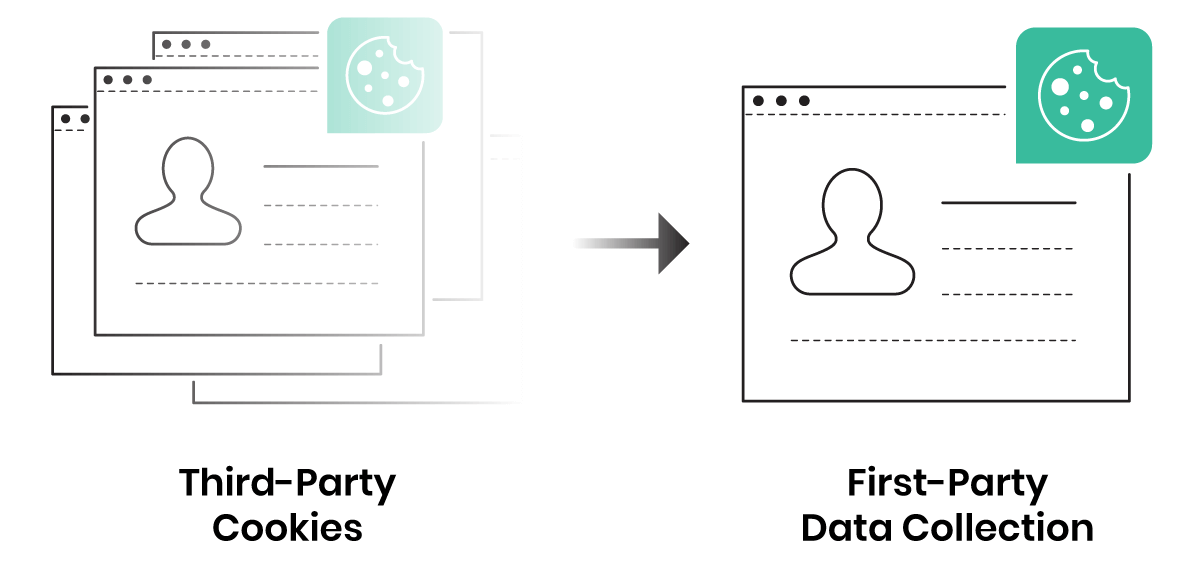
Strategies for Collecting and Leveraging First-Party Data
The goal of digital-first marketing is for businesses to reach more of their ideal customer audience directly and invite connection to collect their first-party data which, in turn, informs marketing strategy and personalization. SMBs can gather this first-party data through website interactions, email sign-ups, loyalty programs, social media campaigns, interactive content, and referral campaigns, to name a few.
The Importance of Compliance with New Data Regulations
As data privacy laws evolve, businesses of all sizes must be compliant with regulations or risk customer trust or even being fined with legal or financial penalties by regulatory agencies. Handling data properly can also reduce the risk of breaches, which can lead to financial losses, reputational damage, and loss of customer confidence.
Hyper-Personalization and Customer Experience Are Essential
Customers today expect experiences tailored to their behaviors and interests, making hyper-personalization a critical component digital marketing in 2025 and beyond.
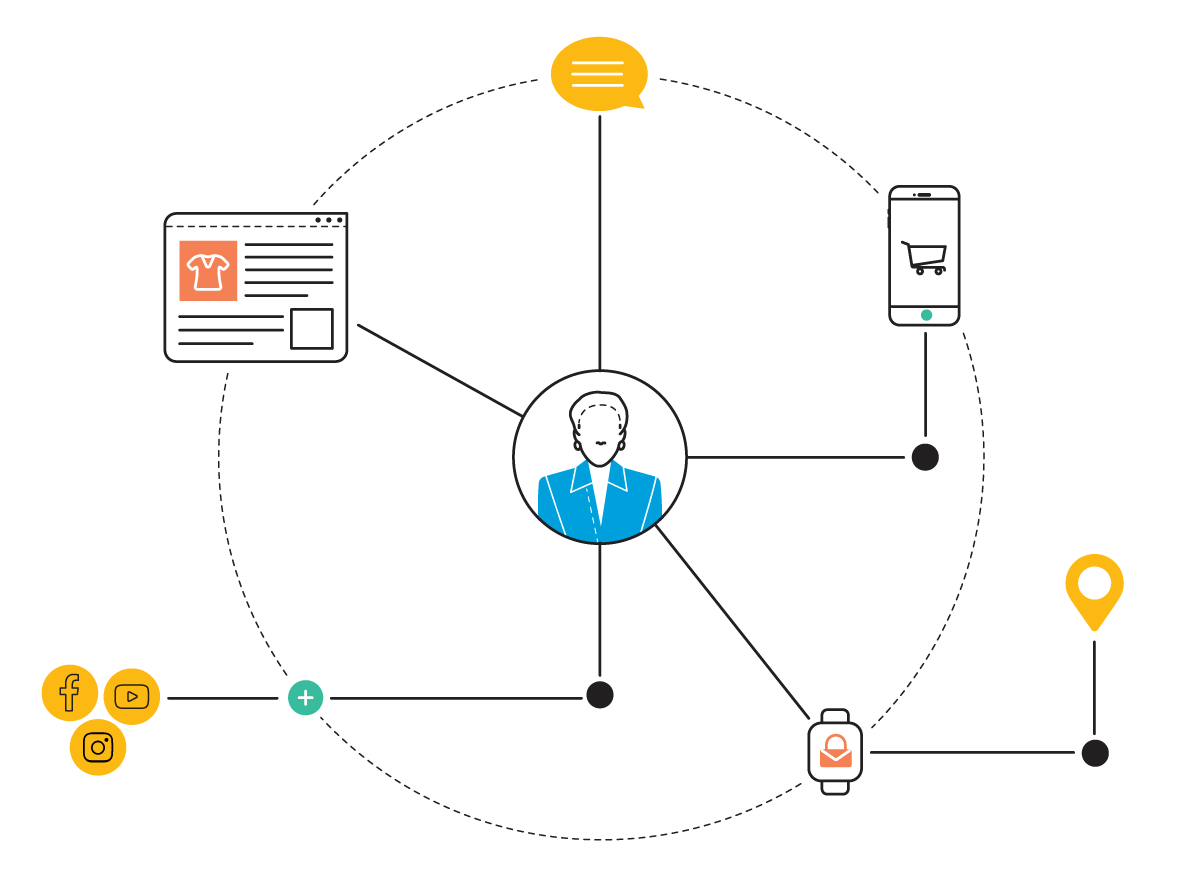
How SMBs Can Use Data to Personalize Marketing Messages
By analyzing customer data for behavior and preferences, SMBs can tailor marketing campaigns and messaging to be more resonant with their audiences.
Start by segmenting your audience based on key traits—such as purchase history, website activity, location, or engagement level. Use these segments to create targeted email campaigns with personalized subject lines, product recommendations, or exclusive offers based on past behavior. Leverage browsing or shopping cart data to trigger automated messages (like abandoned cart emails or follow-ups after product views).
Adjust ad copy and creative using demographic and interest data to match each audience segment. You can even use personalization tokens—like first names or business names—in emails and landing pages to create a one-to-one feel at scale. The key is to let data guide both what you say and when you say it.
The Role of AI in Delivering Tailored Customer Experiences
AI-driven insights can help businesses predict prospect and customer needs based on browsing behavior, purchase history, preferences, and social media sentiment analysis. This helps businesses anticipate demand and understand customer expectations, informing both internal fulfillment processes and external brand perception.
These insights can also help SMBs cater to modern audiences by offering customized solutions, like voice and visual search capabilities, chatbots that provide instant support for common questions, automated product recommendations, and hyper-relevant ad targeting on digital platforms.
To get started, SMBs should focus on simple applications like AI-powered email personalization, predictive product suggestions based on past purchases, or chatbots trained to answer FAQs and collect lead data. As comfort with AI tools grows, businesses can explore deeper integrations with CRM platforms and advanced targeting engines.
Balancing Automation with Authentic Human Interaction
While automation improves efficiency, maintaining a human touch with customer audiences is vital. AI is not meant to replace human connection but to augment it by handling repetitive tasks, giving staff more time to focus on genuine relationship-building activities.
For example, businesses can use AI to triage incoming customer inquiries, prioritize high-value leads, or automate routine follow-ups—while ensuring that real humans step in for complex questions, emotional concerns, or strategic relationship building. SMBs should aim to create workflows where automation serves as a first touch, not the final one.
Omnichannel Marketing Is a Must-Have Strategy
Today’s buyers don’t stick to one platform—and your marketing shouldn’t either. To maximize reach and engagement, SMBs need to integrate various digital marketing channels into a cohesive omnichannel strategy that meets customers wherever they are and guides them through a seamless, connected journey.
How to Integrate Social Media, Email, and Paid Ads Effectively
The key to omnichannel success isn’t just being present on multiple platforms—it’s making sure they work together. A successful strategy connects the dots between social media, email marketing, and paid ads to deliver a consistent, personalized experience. That means customers see aligned messaging, branding, and offers—whether they click an Instagram ad, open an email, or engage with a remarketing campaign. This synergy drives engagement, builds trust, and improves conversion rates.
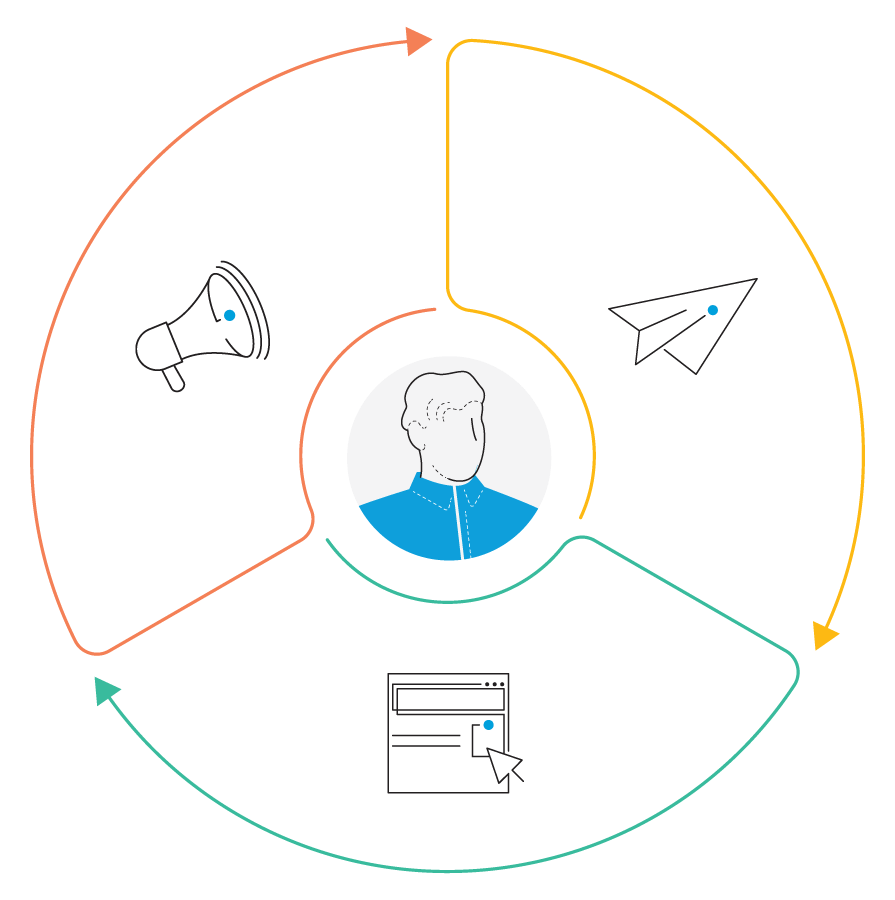
Why Consistency Across Platforms Boosts Brand Trust
People trust what feels familiar. When your brand shows up with the same tone, look, and message across multiple touchpoints, it builds recognition and credibility. A cohesive presence on your website, social media, email, and ads tells customers you’re reliable and professional—and that you’ve invested in making their experience smooth. That sense of consistency increases the chances of repeat engagement and long-term loyalty.
Examples of Successful SMB Omnichannel Strategies
Smart SMBs are already putting omnichannel strategies to work. For example:
- A local consulting firm runs LinkedIn lead-gen ads and follows up with email nurtures and chatbot outreach, all sharing the same offer and language.
- A fitness studio offers online class sign-ups via mobile app or website, streams live sessions through YouTube, and follows up with personalized recaps via SMS and email.
- A home services company uses display ads, direct mail, and text messaging to move prospects from interest to booking—with reminders and confirmations delivered consistently across all touchpoints.
The common thread? Every channel contributes to a single, cohesive experience. Think beyond isolated campaigns. Build a journey your customer can step into—and stick with.
B2B Digital Marketing Trends to Monitor
B2B marketing is shifting fast. Today’s strategies focus on precision targeting, relationship-building, and valuable content that speaks directly to buyer pain points. For SMBs looking to compete in a crowded space, staying ahead of these trends isn’t optional—it’s essential.
Account-Based Marketing (ABM) and Hyper-Targeting
Account-based marketing (ABM) helps SMBs go after high-value leads with laser focus. Instead of casting a wide net, you zero in on specific accounts and deliver personalized, multichannel campaigns designed to convert.
That might mean a combination of LinkedIn messaging, custom landing pages, and email nurtures—all aligned to a single decision-maker’s needs.
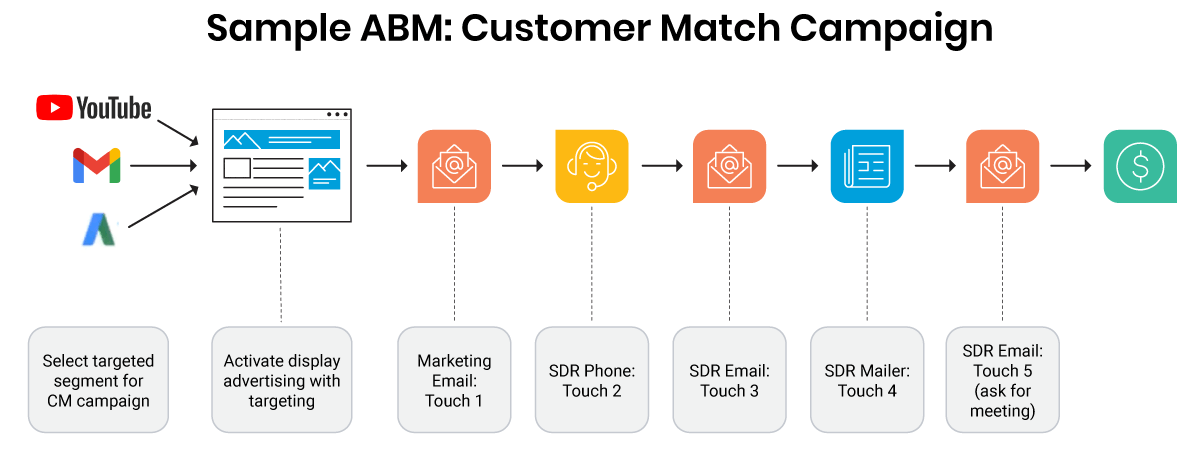
Hyper-targeting takes it even further. With AI-powered tools and intent data, SMBs can identify when a lead is in-market—and serve up relevant content or offers at the perfect moment.
Not only does this make your marketing more efficient, it creates a better experience for the buyer. And that’s a win-win.
ABM streamlines lead generation efforts, reducing wasted resources while improving sales efficiency.
The Role of LinkedIn and B2B Social Selling
LinkedIn is still the go-to for B2B. With over 239 million professionals in the U.S. alone, it’s where decision-makers are actively networking, learning, and researching.
Here’s how smart SMBs are using LinkedIn today:
- Thought leadership: Sharing industry insights and content builds credibility.
- Social selling: Engaging with prospects through comments and DMs before pitching.
- LinkedIn newsletters: A great way to stay top-of-mind with your network.
- Targeted ads: Use LinkedIn’s rich audience data to reach decision-makers directly.
Buyers are skeptical of cold sales tactics. Social selling gives you a chance to build trust before the ask—and that often leads to better response rates and stronger pipeline momentum.
Content Marketing Trends in the B2B Space
B2B content is evolving—and fluff won’t cut it. Buyers want real value, and they’re doing deep research before they ever talk to sales.
That’s why high-performing SMBs are investing in:
- Data-backed whitepapers and reports that show authority and insight
- Customer case studies that tell compelling success stories
- SEO-optimized blog content designed to attract and convert organic traffic
- Short-form and interactive content like quizzes, ROI calculators, and video explainers that make learning easy and engaging
AI tools are also helping teams scale content production without sacrificing quality—making it easier to stay consistent, cover more topics, and meet buyer demand for useful resources.
The takeaway? Content is your best closer. If you’re educating your audience and solving real problems, they’ll keep coming back—and eventually, they’ll buy.
Preparing Your SMB for the Future of Digital Marketing
Digital marketing is moving fast—and SMBs can’t afford to fall behind. From AI to automation to omnichannel strategies, the landscape is evolving with tools that make outreach smarter, faster, and more measurable. But to truly stay competitive, SMBs must not only adopt these innovations—they must do so in a way that is scalable and sustainable for the long haul.
How to Implement These Trends Without Overwhelming Your Team
The best way to adopt new marketing trends? Start small and scale smart. Trying to do everything at once will only create friction for your team. Instead, focus on one or two trends that align closely with your business goals and available resources.
For example:
- Experiment with AI-powered email tools to improve personalization without manual effort.
- Try short-form video content to boost engagement on social channels.
- Use automation for repetitive tasks like follow-up emails or social media scheduling.
As your team builds comfort with these tools, you can gradually expand your use of advanced strategies across channels—creating a stronger, more agile marketing function over time.
Budgeting for Digital Marketing in 2025
According to Gartner, marketing budgets were 7.7% of company revenue in 2024, but digital-specific spending rose to 11.1% of total company budgets. This shift reflects how critical digital marketing has become for driving results.
To get the most from your investment, focus spending on:
- AI-enabled automation for efficiency and scale
- Omnichannel campaigns to guide customers across touchpoints
- Social media and video advertising for visibility and engagement
- Content marketing and SEO to support long-term lead generation
Your digital marketing budget should be flexible and data-informed—meaning you consistently review performance, reallocate spend, and double down on what’s working.
How Data Axle USA Helps SMBs Navigate Digital Marketing Trends
You don’t have to tackle digital transformation alone. At Data Axle USA, we help SMBs simplify complex marketing trends and turn them into practical, profitable strategies. Our team works alongside you to assess your goals, optimize your outreach, and unlock more value from your data.
With Data Axle USA’s comprehensive suite of tools, you can:
- Identify and target high-value audiences
- Reactivate lapsed customers with precision
- Launch smarter campaigns across the channels that matter most
- Use data to guide every decision, from ad spend to message timing
Adopting digital marketing trends doesn’t have to feel overwhelming—not when you have the right tools and team behind you.
Want to take advantage of digital marketing trends starting today?
Schedule a free consultation today to see how our proven frameworks can amplify marketing effectiveness while reducing wasted spend.

